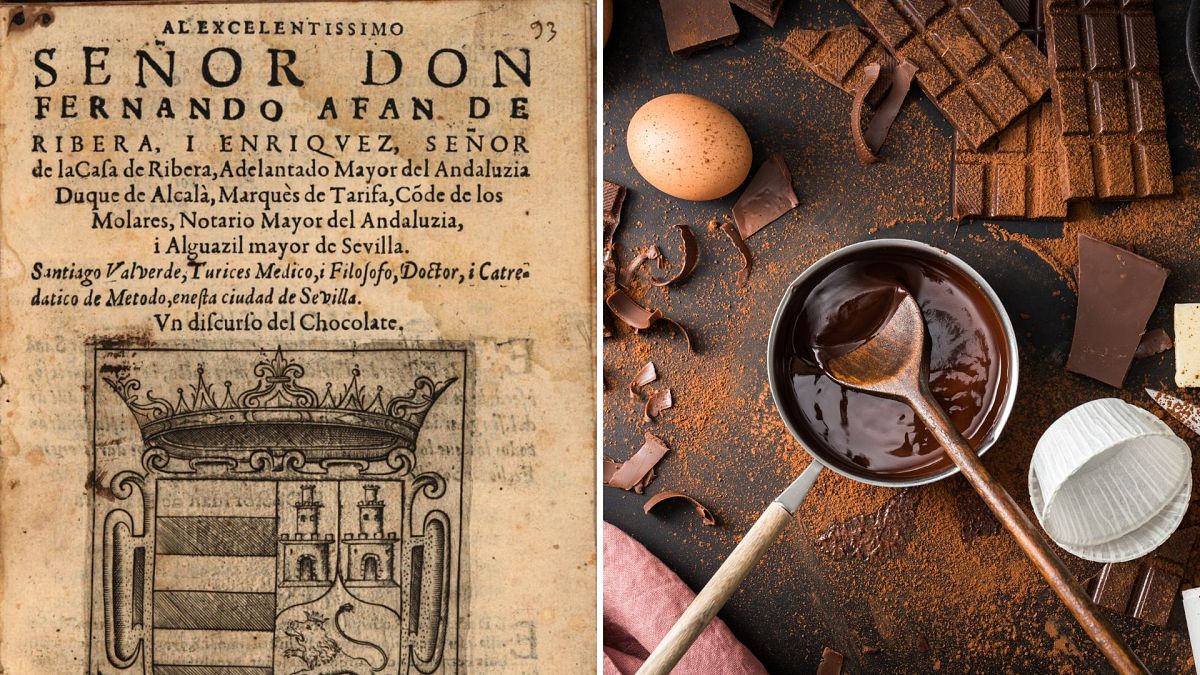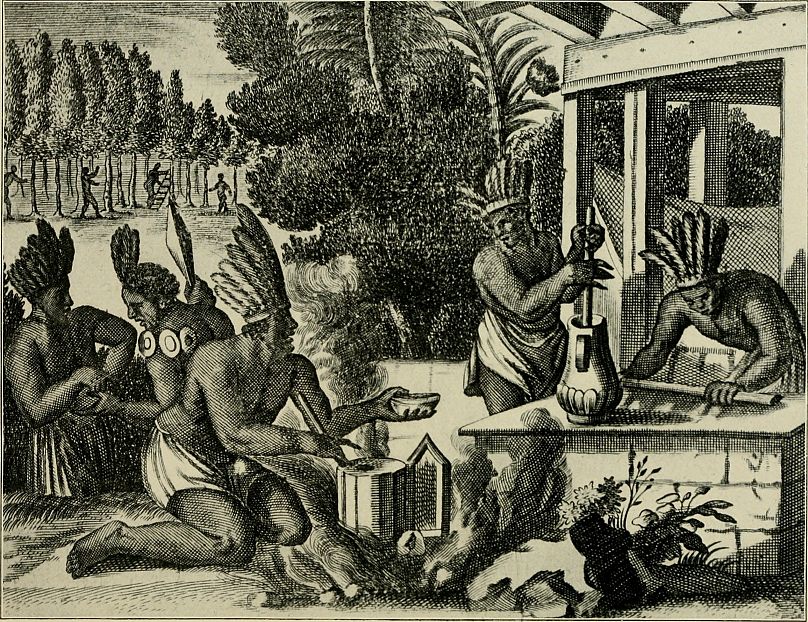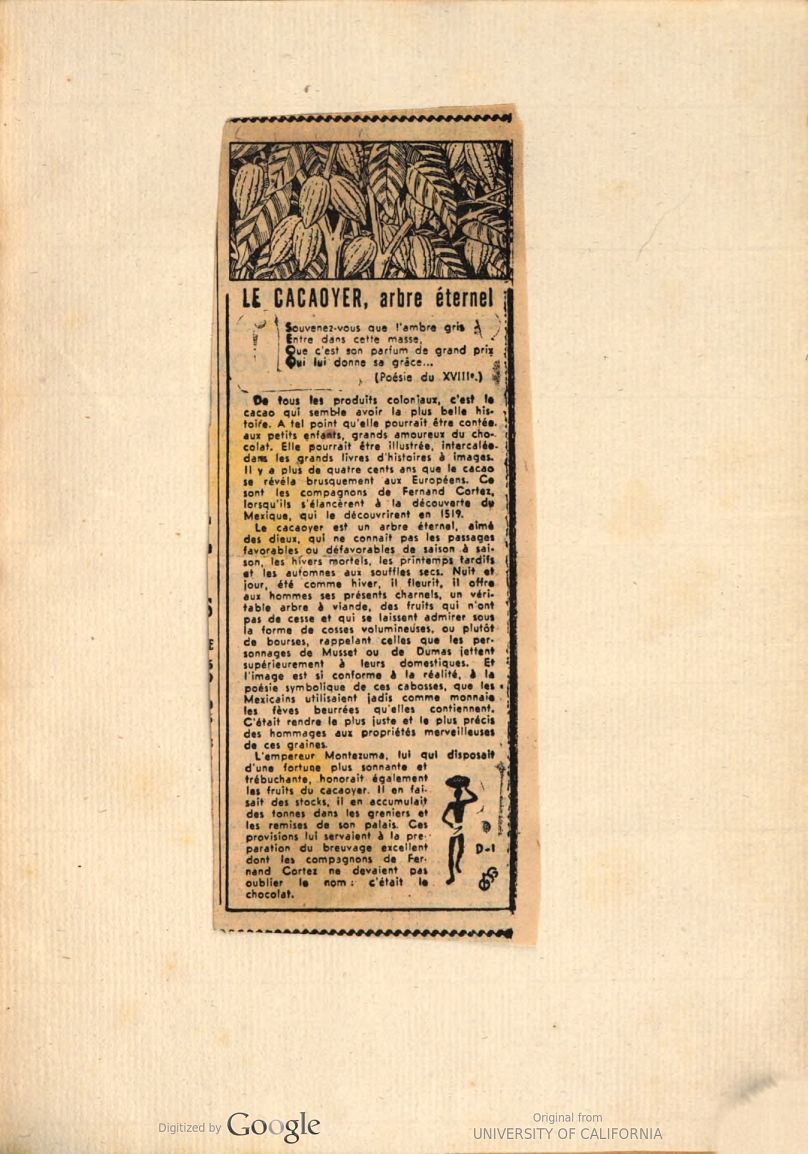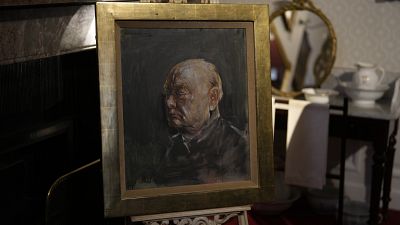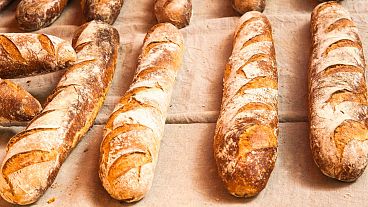Deemed the oldest book dedicated entirely to chocolate,"Un Discurso del Chocolate" is going under the hammer in Portugal at a starting price of €2000.
A rare 400-year-old book titled "Un Discurso del Chocolate", regarded as the oldest known book solely dedicated to chocolate, is hitting the auction block in Portugal.
This prized artefact, printed in Seville in 1624, is one of just three surviving copies of this work, written by Santiago de Valverde Turices, a Spanish doctor and academic.
Until now, only two other copies of the work were known to exist, one housed in the national library in Madrid and the other at the University of San Diego in California, according to Francisco Brito, a consultant at the Anno auction house, as reported by Portugal’s Publico newspaper.
"Un Discurso del Chocolate" contains a fusion of scientific inquiry, practical advice, recipes and cultural commentary. Divided into five parts, the book offers insights into the multifaceted nature of chocolate and its effects on the human body.
Notably, Turices cautions against the potential of chocolate to incite choleric tendencies in its consumers. Drawing from the medieval and early modern concept of bodily humors, he warns of chocolate's "hot, humid, and greasy" nature, which he believes can lead to irritability and anger.
Choco-lore: A bitter-sweet history of the confectionary
The domestication of cocoa beans traces back at least 5,300 years to the region now known as southeast Ecuador's Zamora-Chinchipe Province, where the Mayo-Chinchipe culture first cultivated them. The practice was then introduced to Mesoamerica.
The indigenous peoples of Central America, particularly the Olmecs, Maya, and Aztecs, considered the cacao tree to be sacred, and its beans were used to create a bitter, frothy beverage called "xocolātl", which means "bitter water" in Nahuatl.
Legend has it that when Spanish explorers, led by conquistador Hernán Cortés, arrived in the Americas in the early 16th century in search of gold and riches, they discovered the smooth beverage.
Following the Spanish conquest of the Aztec Empire, xocolātl found its way to Europe. The Spanish soon adapted the indigenous recipe by adding sugar or honey to sweeten the bitter drink, as well as other spices like cinnamon and vanilla.
At first, it was consumed primarily as a drink, but eventually, chocolate houses began to emerge across Europe, particularly in Spain, Italy, and France in the 17th century.
The recipes contained within Turices book, sourced from experts both in Spain and the "new world," provide a glimpse into the historical preparation and consumption of chocolate.
Turices advocates for the inclusion of annatto seeds, known as achiote, to enhance the taste, colour, and flavour of chocolate, particularly for people with choleric and sanguine temperaments.
The book, priced at €2,000, is among nine pieces being auctioned from the collection of José Augusto Correia de Campos, a Portuguese military officer, author, and archaeologist who passed away in 1977.
